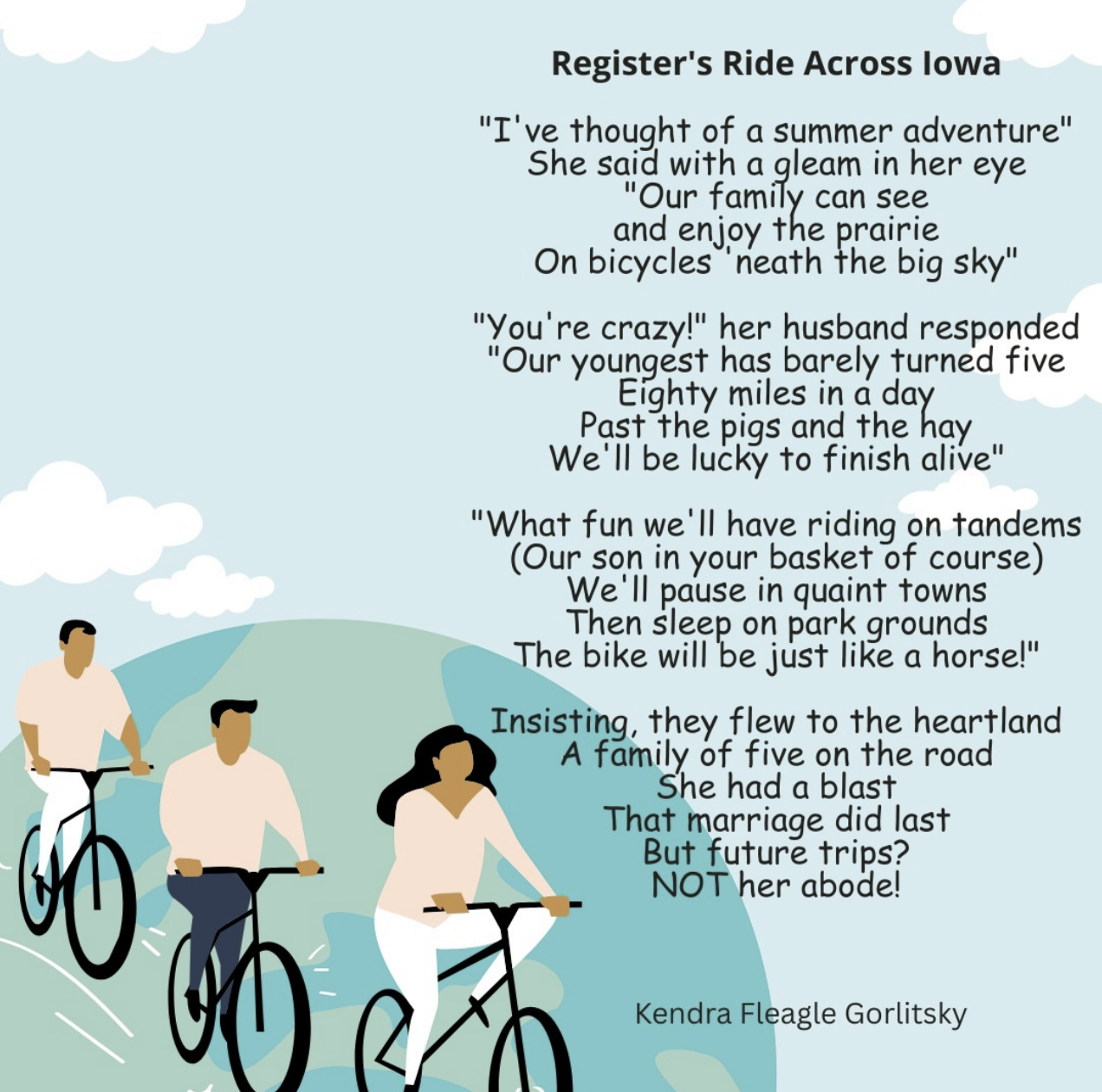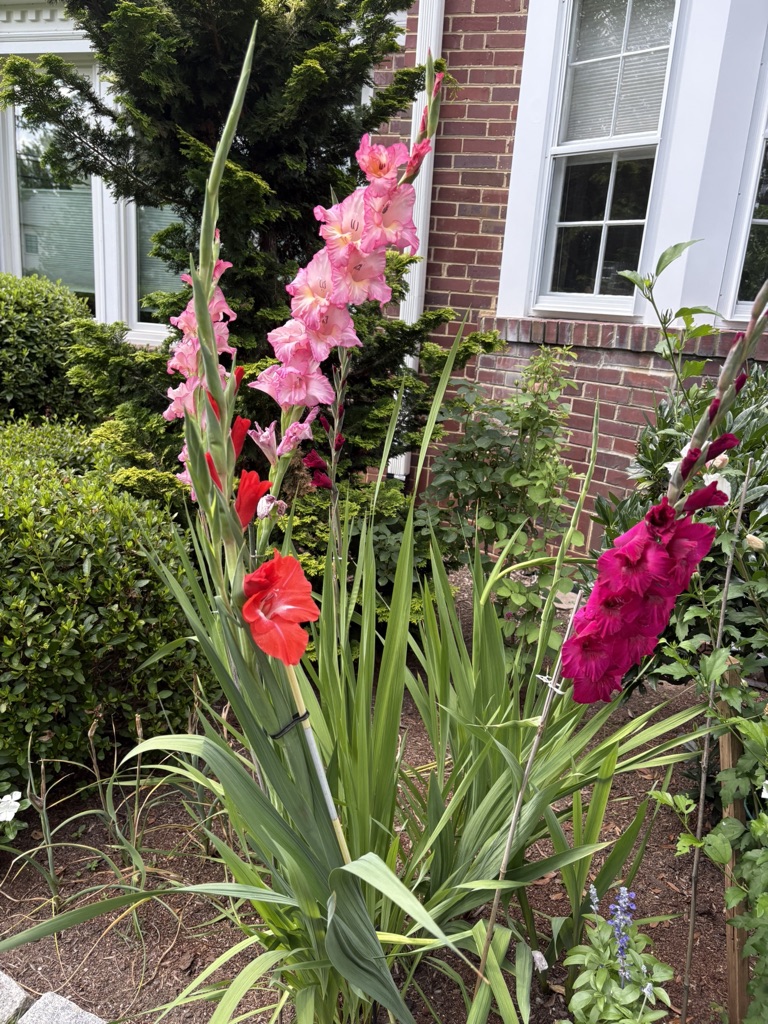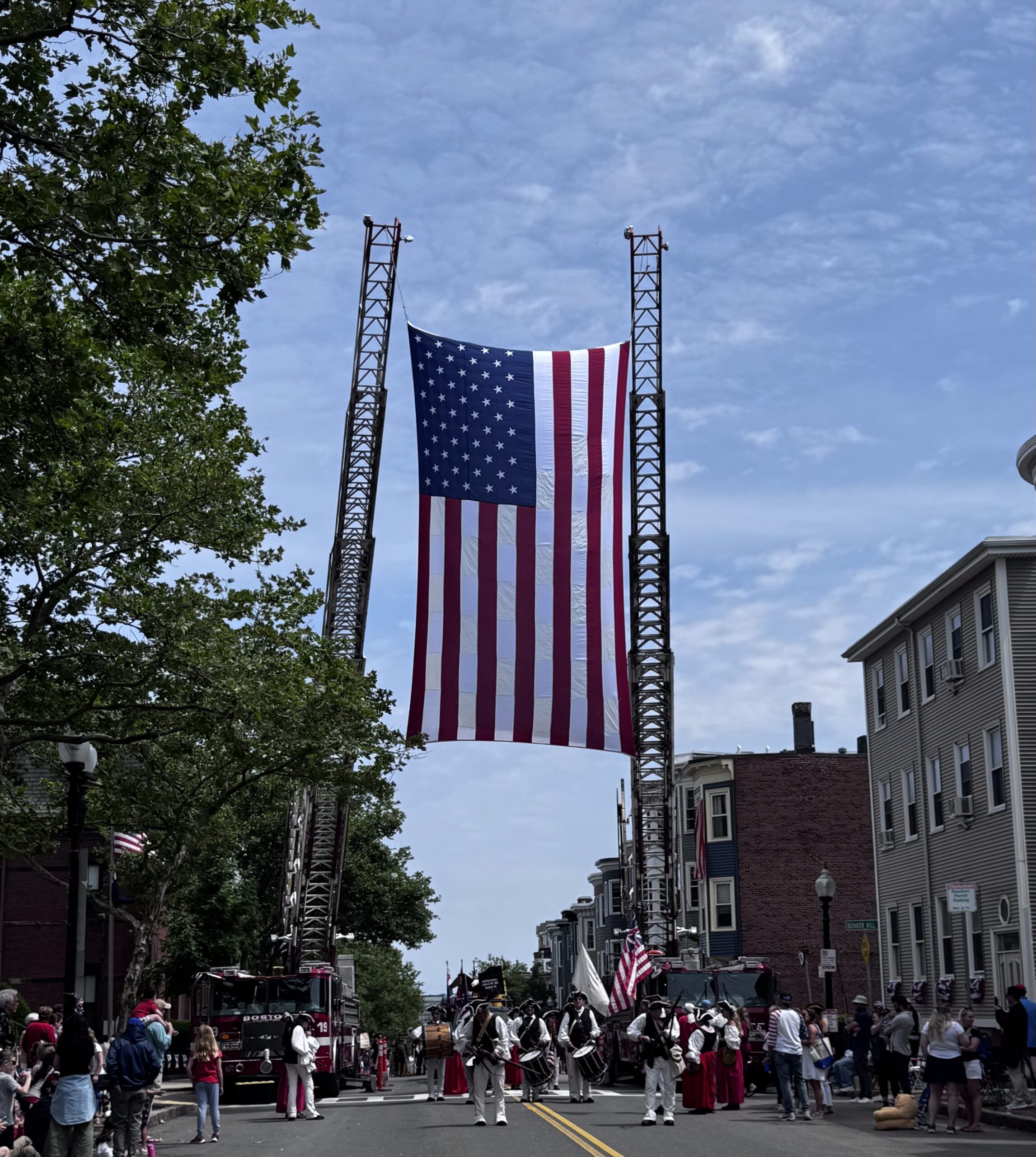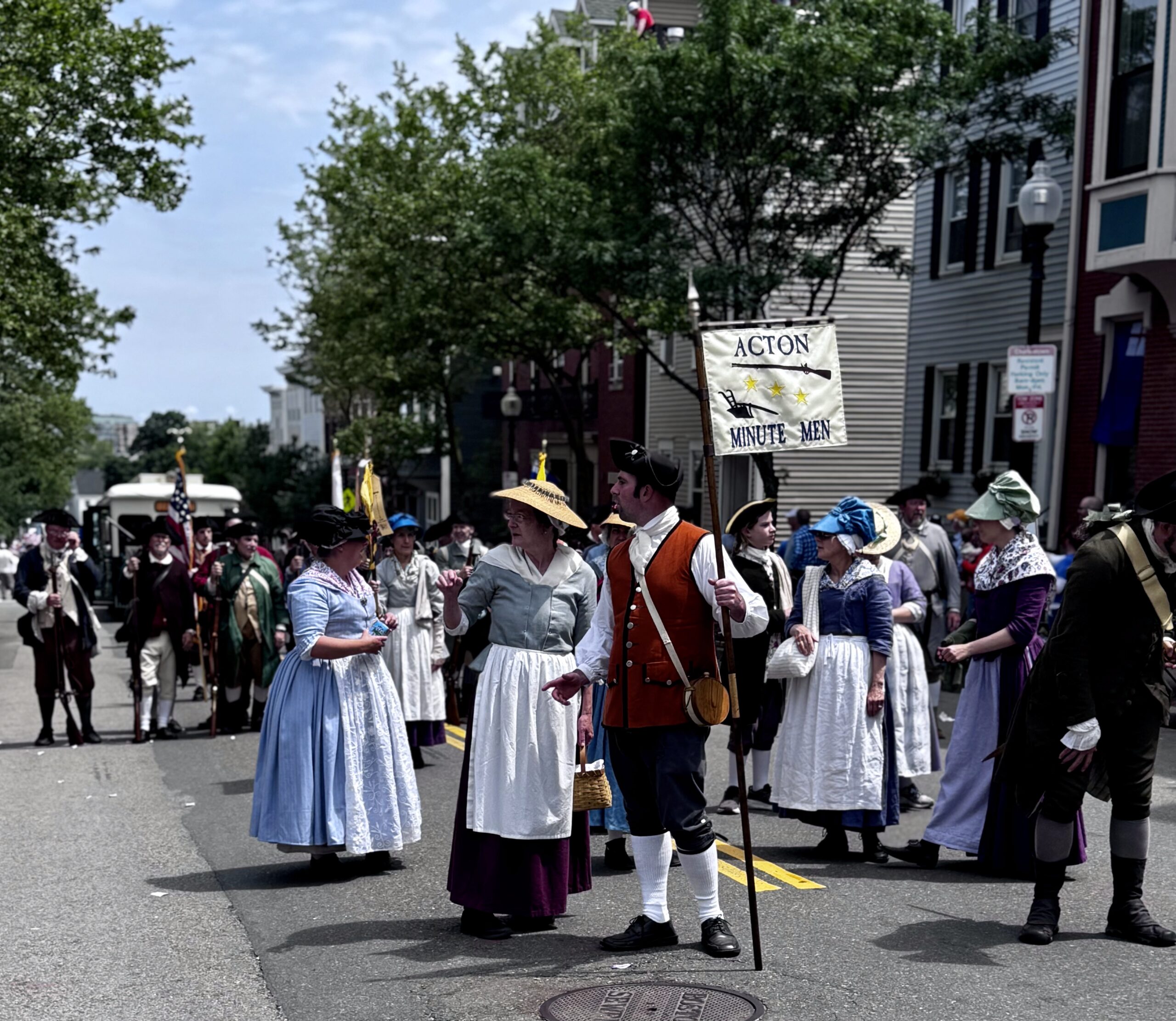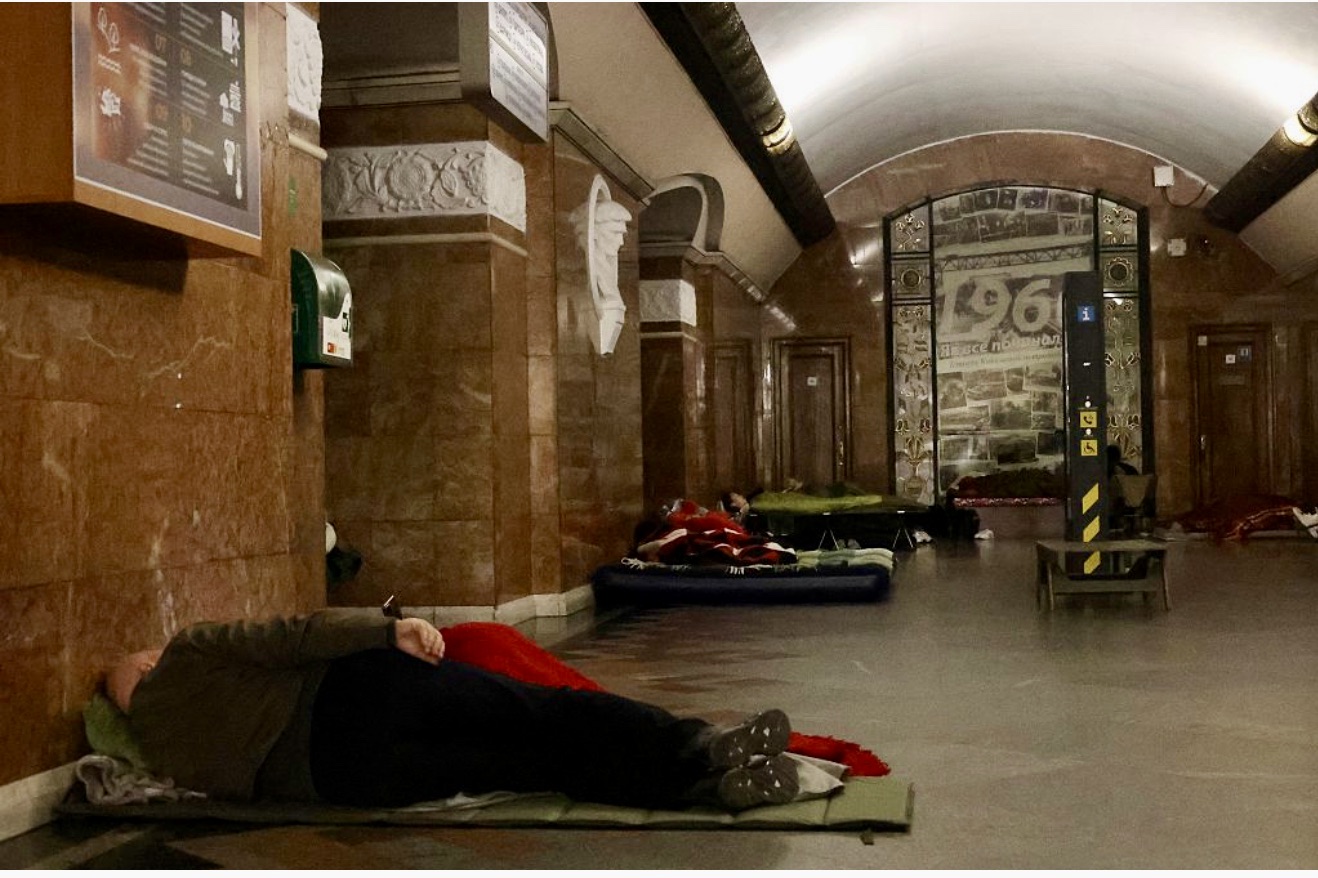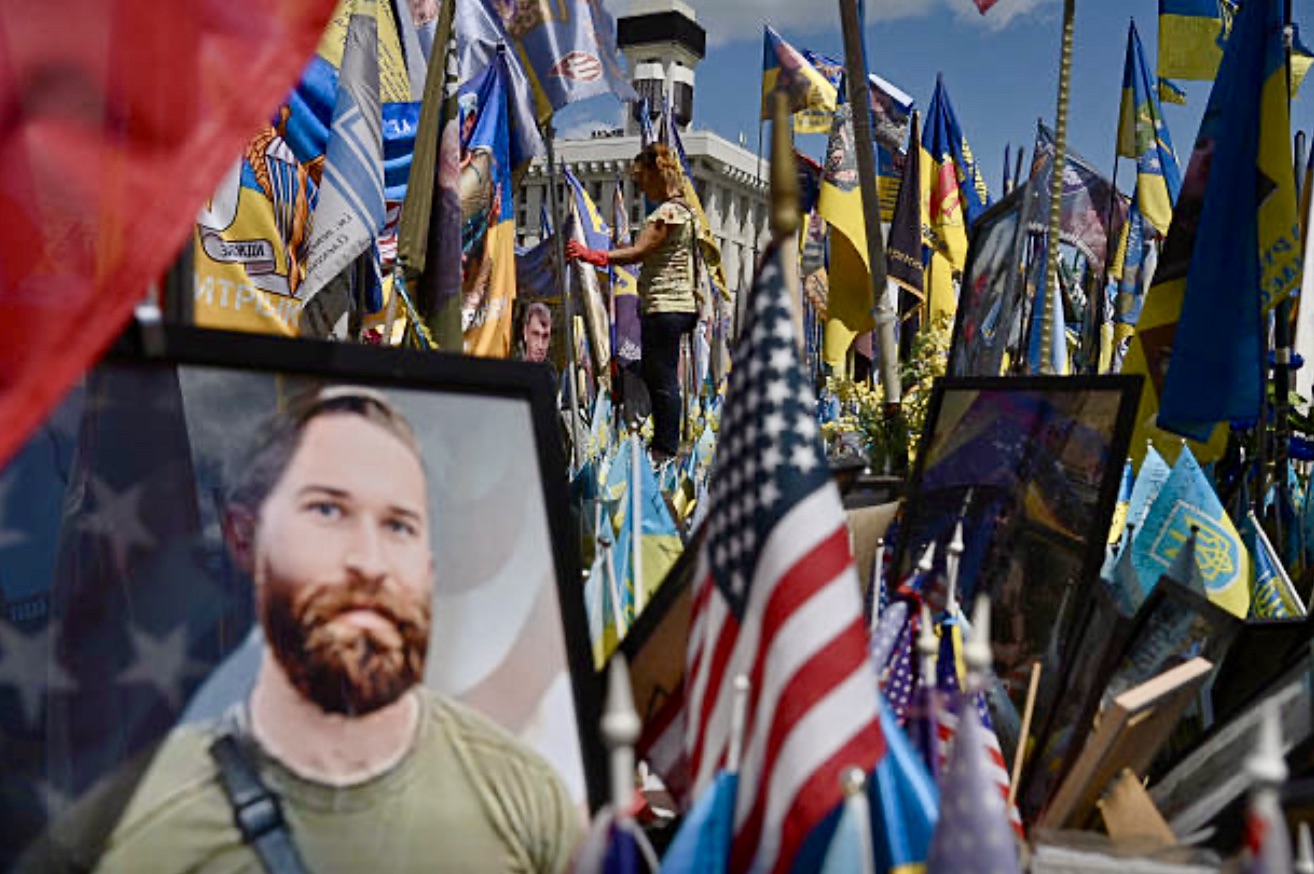Eighty years ago in August 1945 America exploded atomic bombs over Hiroshima and Nagaski. These actions propelled a quick end to the war with Japan.
President Truman’s decision has been much debated since. Some believe it was necessary; others disagree arguing that either a “demonstration” explosion or continuing the fight with an invasion of the Japanese homeland was the better next step.
As the topic will again be raised this week, I believe history provides an important perspective on this decision. And insight as to how we justify decisions now.
Two Post WW II Events
There were two WW II related events that occurred when while I was in the Navy on a ship homeported in Yokosuka, Japan.
The first was the return of the Okinawa islands to Japanese control via a treaty signed in June 1971. Return of this part of the Japanese territory was very emotional and deeply meaningful to the country. Today Russia has failed to return the northern islands of Hokkaido they occupied at the war’s end. It has left a deep emotional scar on the country’s national pride.
The second was the surrender of the last Japanese soldier from WW II . I remember the Japanese newspaper and TV accounts of this March 1974 event. Here is how the BBC described the event:
Lieutenant Onoda finally handed over his sword on March 9th 1974. He had held out in the Philippine jungle for 29 years. In interviews and writings after his return to Japan, Lt Onoda said he had been unable to accept that Japan had capitulated.
To many outsiders, Onoda looked like a fanatic. But in imperial Japan his actions were perfectly logical. Onoda had sworn never to surrender, to die for the emperor. He believed the rest of his countrymen, and women, would do the same.
Japan’s Internal Divide on WW II Surrender
Recognizing the Japanese strong allegiance to their homeland and their loyalty to the Emperor exemplified by Lt. Onoda (who died in 2014), one can understand how difficult the decision to end the war was for Japan’s leaders.
The internal political debate was intense. Whether Japan should accept unconditional surrender or continue to fight is reported in historian Martin Gilbert’s book The Second World War.
At the very moment when the Nagasaki bomb exploded, the Japanese Supreme War Direction Council was meeting in Tokyo. News of the bomb led to a renewed discussion as to whether Japan should accept unconditional surrender.
The Council was evenly divided; three generals were for surrender, three for continuing the war. The Foreign Minister, Shigenori Togo, cast his vote for surrender, as did the Prime Minister, Admiral Suzuki. But the Minister of War, General Anami, was emphatic that there should be no surrender. “It is far too early to say that the war is lost,” he told his colleagues, and he added: “That we will inflict severe losses on the enemy when he invades Japan is certain, and is by no means impossible that we may be able to reverse the situation in our favour, pulling victory out of defeat. Furthermore, our Army will not submit to demobilization. And since they know they are not permitted to surrender, since they know that a fighting man who surrenders is liable to extremely heavy punishment, there is really no alternative for us but to continue the war.”
The impasse was complete; but Togo and Suzuki were determined to end the war at once, and, in a secret meeting with Hirohito, prevailed upon him to summon a further meeting of the Supreme War Direction Council, and to preside over it himself.
The meeting took place shortly after midnight, in the Emperor’s underground bomb shelter. First Suzuki read out the Potsdam Declaration. Then, Togo urged its acceptance, provided that the position of the Emperor and the throne could be respected. Suzuki supported Togo, General Anami opposed him. For nearly two hours the discussion continued. Then Hirohito spoke. “Continuing the war,” he said, “can only result in the annihilation of the Japanese people and a prolongation of the suffering of all humanity. It seems obvious that the nation is no longer able to wage war, and its ability to defend its own shores is doubtful.”
The time had come, Hirohito told the council, “to bear the unbearable”. He therefore gave his sanction to Togo’s proposal that Japan should accept unconditional surrender. The message to that effect, a formal acceptance of the Potsdam Declaration, was sent out from Tokyo, early on August 10, to the Japanese ambassadors in Switzerland and Sweden, for transmission to the Allies.
Is History Inevitable?
When an historical event is done, the outcome can seem almost inevitable. In the use of the atomic bombs, there is an ongoing issue with the counter-factual argument that the US not have used the atomic weapons.
I believe the record of the internal political divisions and subsequent events such as the two above, suggest that this option was necessary. That is not to dismiss the concerns about ever using atomic weapons again nor continue to learn from the aftermath.
I believe this event involved sober discussion and conflicting points of view by both the US and Japan’s leadership. That is the point to remember today. Few situations are without options, sometimes better ones, but not necessarily easier.
One of the most important questions any leader can ask in a crisis is what are my options? To describe choices by leaders as inevitable or dictated by circumstance, takes away the agency and responsibility of those involved. This is especially true when the welfare of the whole is overridden by the self-interest of the few.
This acceptance of unalterable fate is a temptation the cooperative democratic system was designed to prevent. But it hasn’t always worked that way. Why?

